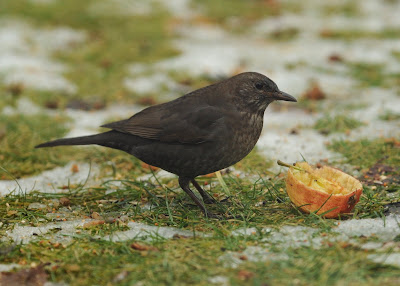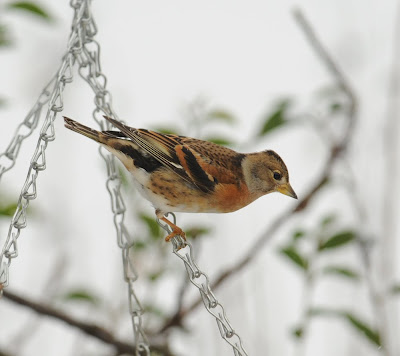Back at Hinkley for another 4 days. Not very inspiring really although there was a highlight.
This Lap was heard flying around in the mist a few times before I eventually managed to pick it up a couple of hours later. Watched it drop onto the ground and headed straight for it. This was the closest I got before it again took flight with some Linnets.
Shame didnt get nearer as it was a rather smart male that had presumably already started its moult into summer plumage judging by the extent of black

















































